Arriving in Grasse, the air itself feels alive—brimming with the promise of flowers, history, and the subtle magic of scent. Dominating this world of fragrance is Fragonard, a name synonymous with French perfumery, tradition, and innovation. This is not just a factory or a museum; it is the living, breathing heart of Grasse’s perfume heritage.
This in-depth guide is your passport to everything Fragonard: the story behind the brand, its museum and workshops, the science and poetry of perfume-making, the visitor’s experience, and all the practical and insider tips for making the most of your time in the world’s perfume capital.
Image upload prompts are included throughout to help you visually enrich your blog.
🌿 First Impressions: Arrival at Fragonard
As you approach Fragonard’s historic factory, perched just above Grasse’s old town, the golden walls and Belle Époque details stand out against the blue Riviera sky. The air is scented with a mysterious, inviting blend of jasmine, rose, and citrus—a prelude to the olfactory adventure awaiting inside.
The factory’s location is ideal:
- A short stroll from Grasse’s medieval heart
- Easily accessible by car, train, or bus
- Surrounded by charming cafés, artisan shops, and panoramic views of the Côte d’Azur hills
Travel Tip: Arrive early to enjoy the gardens and avoid crowds. Parking is available at Cours Honoré Cresp, just a few minutes’ walk away.
🏛️ The Fragonard Story: From Grasse to the World
Origins: The Birth of a Perfume Dynasty
Fragonard’s story begins in 1926 with Eugène Fuchs, a visionary entrepreneur who saw the potential of Grasse’s centuries-old perfume tradition and the growing wave of tourism along the French Riviera. He purchased an 18th-century tannery and transformed it into a perfumery, naming it after the celebrated Rococo painter Jean-Honoré Fragonard, a son of Grasse. This name was a tribute not only to art and beauty but also to the region’s deep cultural roots.
The Family Legacy
Fragonard has remained a family business for four generations. Each generation has contributed to the brand’s evolution, balancing tradition with modernity:
- Eugène Fuchs: Founder, established the original factory and set the tone for quality and innovation.
- André and François Fuchs: Expanded production, developed new fragrances, and opened the first museum.
- Jean-François Costa: A passionate art collector, he enriched the museum’s collections and opened new sites in Paris and Eze.
- Agnès, Françoise, and Anne Costa: The current generation, responsible for global expansion, new product lines, and digital innovation.
Did you know? Fragonard is one of the few historic perfumeries in Grasse still owned and operated by its founding family.
Growth and Global Reach
From its modest beginnings, Fragonard has grown into an international brand with:
- Multiple production sites in Grasse, Eze, and Paris
- Museums and boutiques across France
- Exports to over 100 countries
- A workforce of more than 400 employees
Yet, despite its global reach, Fragonard’s heart remains firmly in Grasse, where the original factory continues to produce perfumes using both traditional and modern techniques.
🧪 The Art and Science of Perfume: Fragonard’s Craftsmanship
From Flower to Fragrance
At Fragonard, perfume-making is a blend of artistry, science, and deep respect for nature. The process begins with the harvest of flowers—jasmine, rose, tuberose, orange blossom—many sourced from the fields around Grasse.
The Sourcing of Flowers
- Jasmine: The queen of Grasse’s flowers, harvested at dawn in late summer.
- Roses de Mai: Picked in May, their petals are the soul of many classic scents.
- Tuberose, Orange Blossom, Violet, Mimosa: Each adds its own nuance to the perfumer’s palette.
Fragonard works closely with local farmers, supporting sustainable agriculture and preserving the region’s floral heritage.
Extraction Techniques
- Distillation: Steam is used to extract essential oils from flowers and herbs in copper stills.
- Enfleurage: An ancient method (now mostly for demonstration) where petals are pressed into fat to absorb their scent.
- Solvent Extraction: Used for delicate flowers that can’t withstand heat.
- Maceration and Filtration: Blending and refining the essences to achieve the perfect balance.
The “Nez” (Nose): Master Perfumers
At the heart of Fragonard’s success are its “nez”—highly trained perfumers who can identify and blend hundreds of scents. Becoming a “nez” requires years of study, a sensitive nose, and a creative spirit.
- Training: Many study chemistry, botany, and olfactory science for up to a decade.
- Artistry: Creating a new fragrance can take months or even years, with hundreds of trials.
- Secrecy: The exact formulas are closely guarded secrets, passed down through generations.
Fun Fact: It can take over 300 different ingredients to create a single perfume.
🏛️ The Fragonard Museum: A Journey Through Scent and Time
A Living Museum
Fragonard’s Grasse factory is not just a working perfumery—it’s also a museum, open to visitors year-round. The museum is a treasure trove of perfume history, with exhibits that trace the evolution of scent from ancient Egypt to modern times.
Museum Highlights
- Antique Perfume Bottles: A dazzling collection spanning centuries, from Roman glass to Art Deco masterpieces.
- Distillation Equipment: See original copper stills, alembics, and other tools of the trade.
- Historic Advertisements and Packaging: Discover how perfume was marketed to the world.
- The “Scent Organ”: A unique instrument used by perfumers to compose new fragrances.
- Art and Ephemera: Paintings, engravings, and rare manuscripts related to perfume and the Fragonard family.
Thematic Rooms
- The Ancient World: Perfume in Egypt, Greece, and Rome.
- The Middle Ages: The rise of scented gloves and medicinal waters.
- The Belle Époque: The golden age of French perfumery.
- Modern Innovations: How technology and global trade have shaped today’s scents.
Insider Tip: The museum is beautifully curated and offers information in multiple languages. Take your time to savor each display.
🎟️ Visiting Fragonard: Tours, Tickets, and Practical Info
Admission and Tours
- Entrance to the factory and museum: Free (no ticket required for self-guided visits).
- Guided Tours: Available in several languages (including English and French), typically every 20–30 minutes during peak season.
- Cost: Free (as of 2025), but check the official website for the latest updates.
- Duration: 30–45 minutes.
- What’s included: Guided walk through the production areas, museum, and a live demonstration of perfume-making techniques.
Note: Tours end in the boutique, where you can sample and purchase Fragonard products.
Workshops and Experiences
Fragonard also offers hands-on workshops for those who want to dive deeper:
- Perfume Creation Workshop:
- Duration: 1–2 hours
- Cost: From €75–€95 per person
- Includes: Instruction from a professional “nez,” creation of your own 100ml eau de toilette, and a personalized certificate.
- Children’s Workshops: Special sessions for young visitors, making the experience family-friendly.
Booking: Workshops must be reserved in advance, especially in high season. Book online or by phone.
🛍️ The Fragonard Boutique: Shopping for Scented Treasures
At the end of your tour, you’ll enter Fragonard’s flagship boutique—a fragrant wonderland filled with perfumes, soaps, candles, cosmetics, and gift sets.
What to Buy
- Signature Perfumes: From the timeless Belle de Nuit to the fresh Eau de Verveine.
- Soaps: Hand-milled, beautifully packaged, and available in dozens of scents.
- Candles and Home Fragrance: Bring the scent of Provence home.
- Cosmetics and Skincare: Made with natural ingredients and essential oils.
- Gift Sets: Perfect for souvenirs or special occasions.
Shopping Tip: Prices in the Grasse boutique are often lower than in Paris or online. Ask about exclusive “factory-only” editions.
🍽️ Café Culture: Where to Pause Near Fragonard
After your olfactory adventure, you may want to rest and reflect. There are several charming cafés within walking distance of Fragonard:
- Café des Musées: Ideal for a coffee break or light lunch.
- Le Petit Caboulot: Tucked away with a view, perfect for a glass of rosé.
- Les Délices de Grasse: For pastries and people-watching.
Local Tip: Many cafés close for lunch between 2:30–4:00 PM. Bring cash, as not all accept cards.
🌸 The Gardens of Fragonard: A Living Palette
Behind the factory, Fragonard maintains lush gardens where you can see and smell the very flowers that go into their perfumes. Depending on the season, you might find:
- Jasmine: The queen of Grasse’s flowers, blooming in late summer.
- Roses de Mai: Harvested in May for their delicate scent.
- Orange Blossom and Tuberose: Adding richness to many classic fragrances.
Photography Tip: The gardens are especially beautiful after a rain shower, with droplets sparkling on petals.
🏰 Fragonard’s Other Museums and Locations
While Grasse is the flagship, Fragonard has expanded its cultural footprint with several other sites:
Villa Fragonard (Grasse)
- A historic mansion and art museum dedicated to Jean-Honoré Fragonard, featuring his paintings and period furnishings.
Fragonard Musée du Parfum (Paris)
- Housed in a 19th-century theater near the Opéra Garnier, this museum explores the history of perfume in the heart of Paris.
Fragonard L’Usine-Laboratoire (Eze)
- A stunning coastal location between Nice and Monaco, offering factory tours and breathtaking views.
Travel Tip: If you fall in love with Fragonard in Grasse, consider visiting their other sites for a broader perspective on French perfumery.
🎨 Fragonard and Art: The Painter Behind the Name
Fragonard is named for Jean-Honoré Fragonard (1732–1806), one of France’s greatest Rococo painters. Born in Grasse, Fragonard is famous for his playful, romantic scenes and masterful use of color and light.
- Legacy: The painter’s spirit of creativity and sensuality is echoed in every bottle of Fragonard perfume.
- Art Collection: The Villa Fragonard museum in Grasse houses the largest collection of his works outside Paris.
Did you know? The Fragonard family has supported local arts and culture for generations, sponsoring exhibitions and festivals in Grasse.
👃 The Fragrance Experience: What to Expect on Your Visit
A Multi-Sensory Journey
Your time at Fragonard is designed to engage all your senses:
- Sight: Marvel at the Belle Époque architecture, antique bottles, and colorful gardens.
- Smell: Sample dozens of perfumes, each with its own story.
- Touch: Feel the textures of raw materials—rose petals, sandalwood, amber.
- Sound: Listen to the stories of perfumers and guides, the gentle hum of the factory, and the laughter of visitors.
- Taste: (If you join a workshop!) Some experiences include tasting floral syrups or local sweets.
Accessibility
- Wheelchair access: The main areas are accessible, but some older sections may have steps.
- Languages: Tours and signage are available in English, French, and several other languages.
- Family-friendly: Children are welcome and often fascinated by the hands-on exhibits.
💡 Insider Tips for Visiting Fragonard
- Arrive Early: Mornings are quieter, especially in summer.
- Photography: Allowed in most areas, but avoid flash in the museum.
- Workshops: Book well in advance—spaces fill quickly, especially for perfume creation.
- Seasonal Blooms: To see the gardens at their best, visit in May (roses) or August (jasmine).
- Ask Questions: Guides are passionate and love to share stories and secrets of the trade.
🚗 Getting There and Practical Information
Address:
Fragonard – The Historic Factory
20 Boulevard Fragonard, 06130 Grasse, France
Opening Hours:
- Daily: 9:00 AM – 6:00 PM (may vary by season and holidays)
- Closed: Some public holidays—check ahead.
Getting There:
- By Car: Parking available at Cours Honoré Cresp.
- By Train: Grasse station is a 15-minute walk.
- By Bus: Local buses stop near the factory.
Contact:
- Website: fragonard.com
- Phone: +33 (0)4 93 36 44 65
📅 Sample Itinerary: A Day with Fragonard
Morning:
- Arrive in Grasse, stroll to Fragonard, and join a guided tour of the factory and museum.
Midday:
- Explore the boutique and gardens, then enjoy lunch at a nearby café.
Afternoon:
- Participate in a perfume creation workshop.
- Visit Villa Fragonard for art and history.
Evening:
- Wander the old town, take in the views, and reflect on your fragrant discoveries.
📸 Image Sections
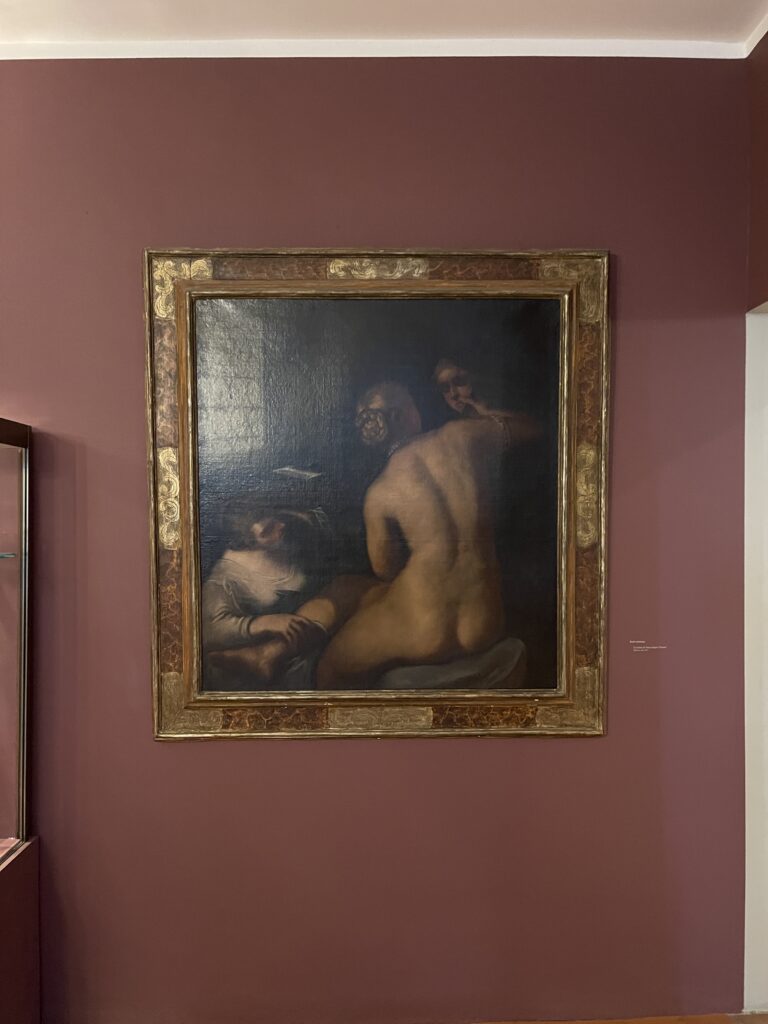
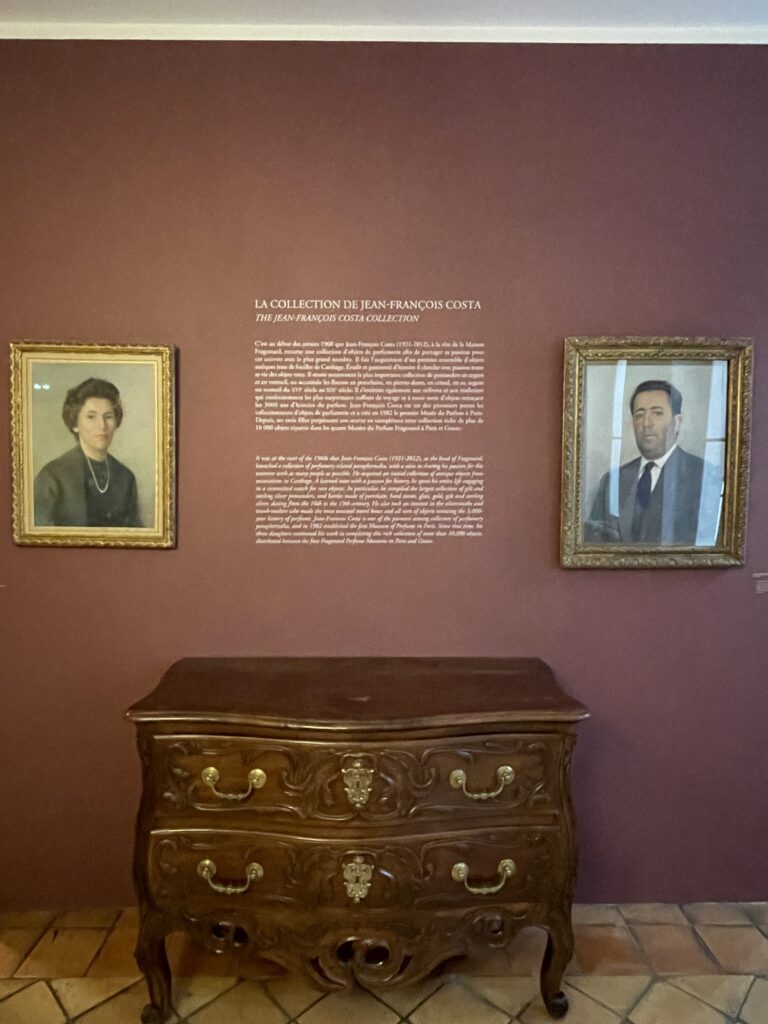



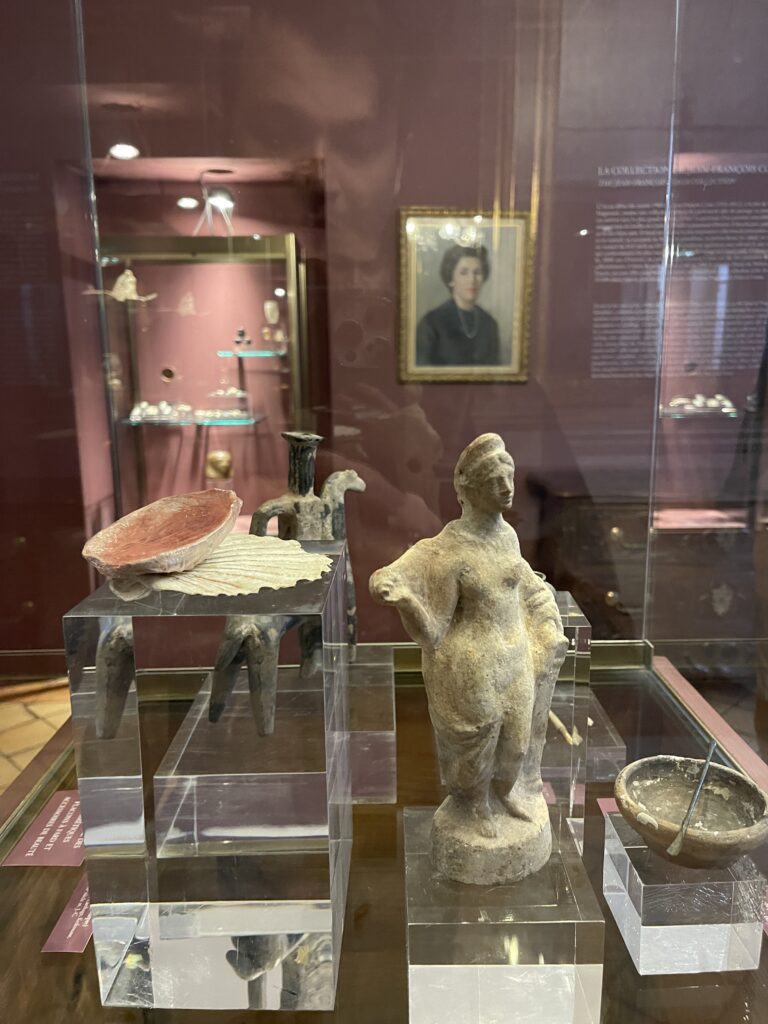
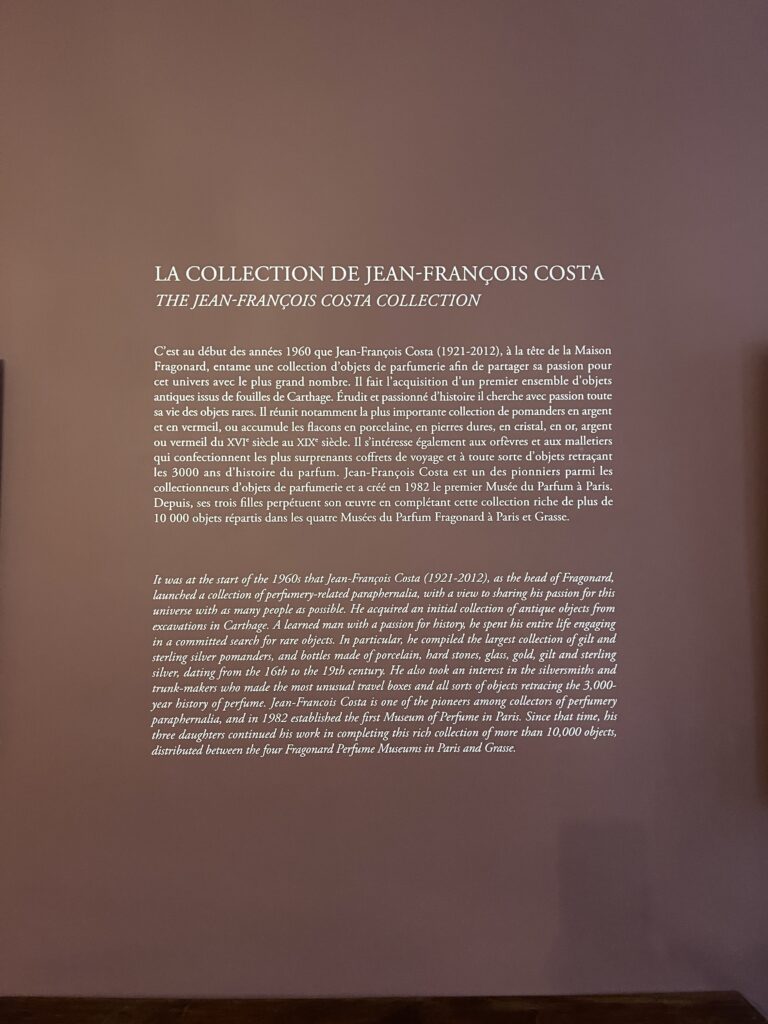
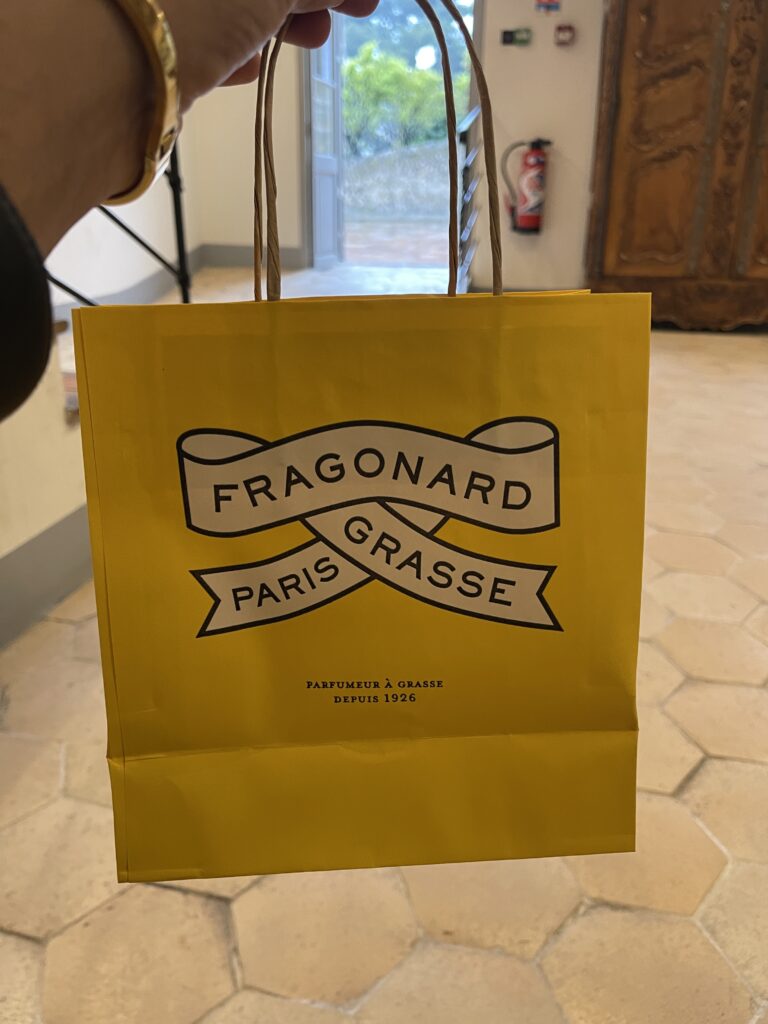
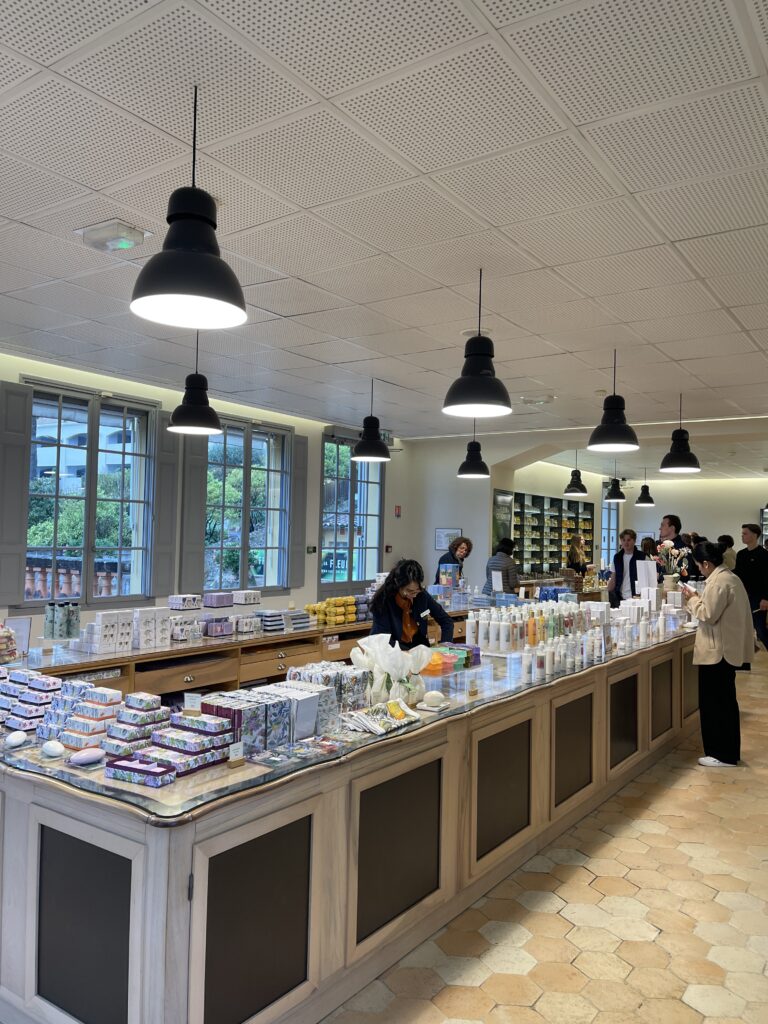
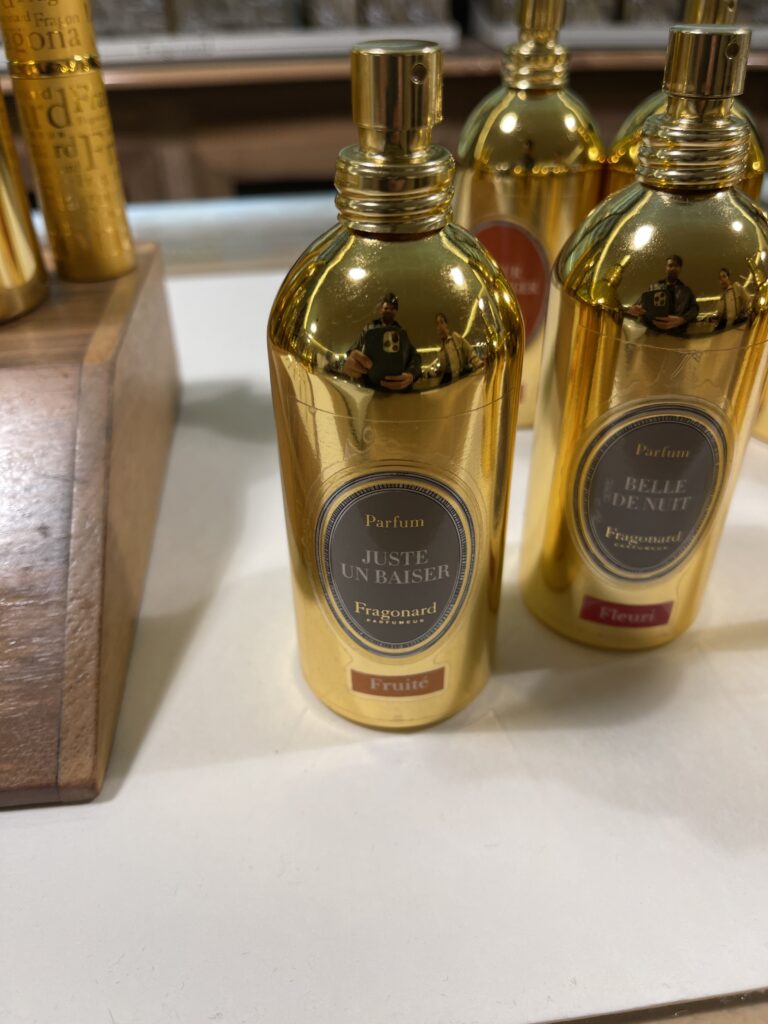
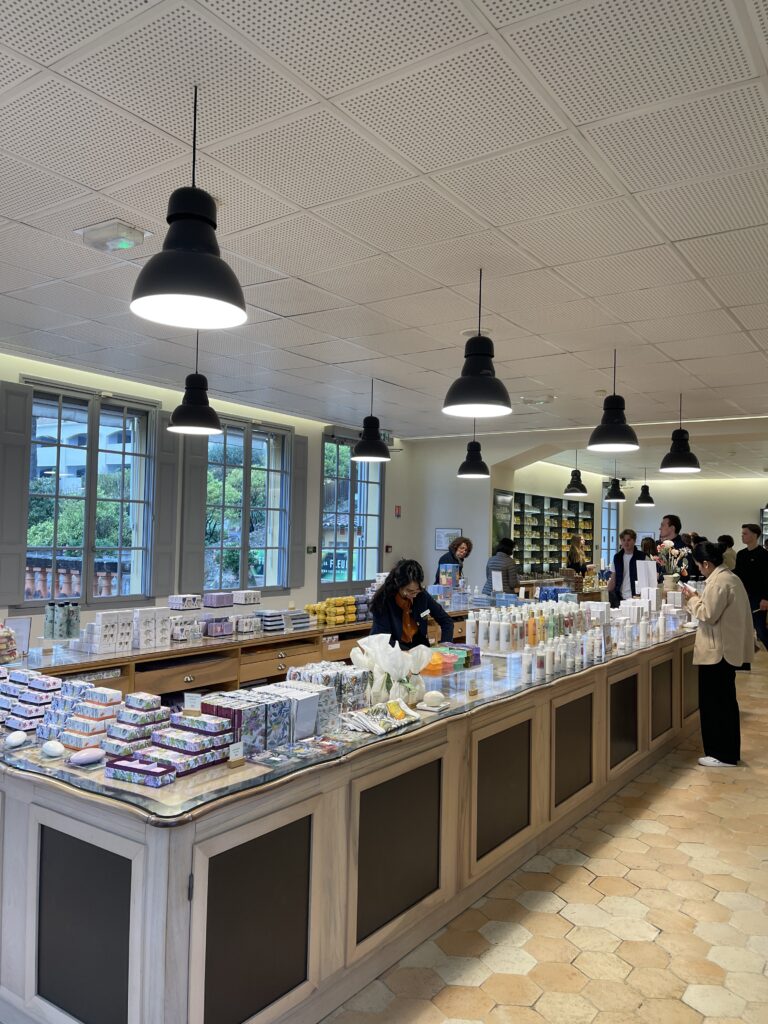
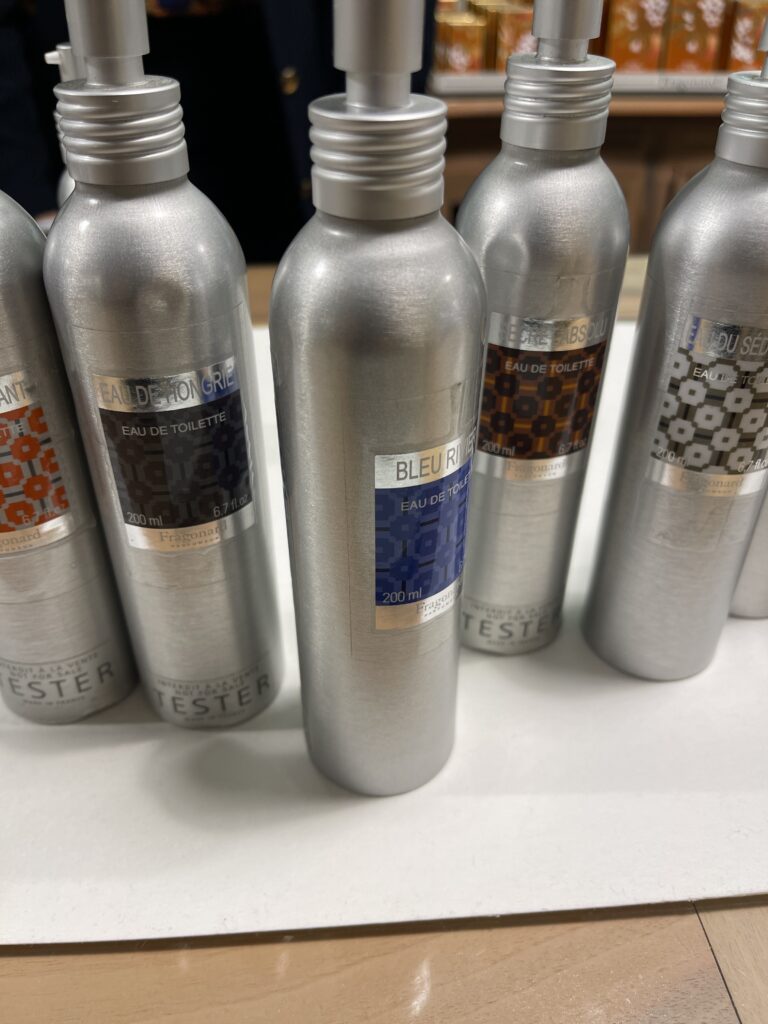
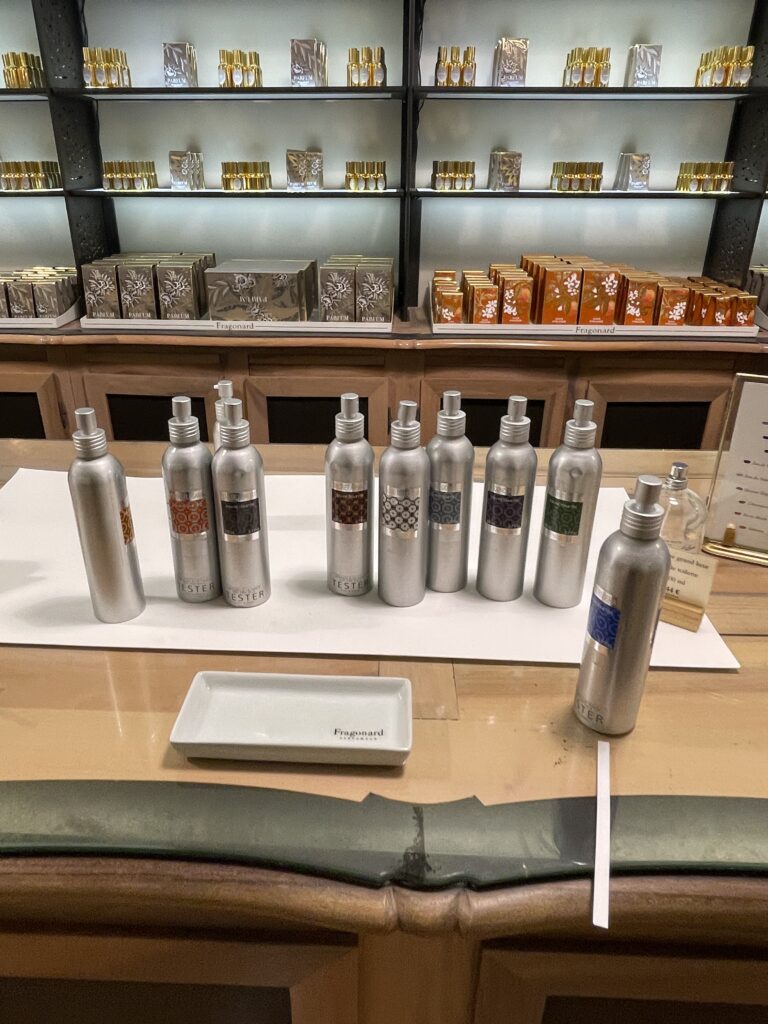
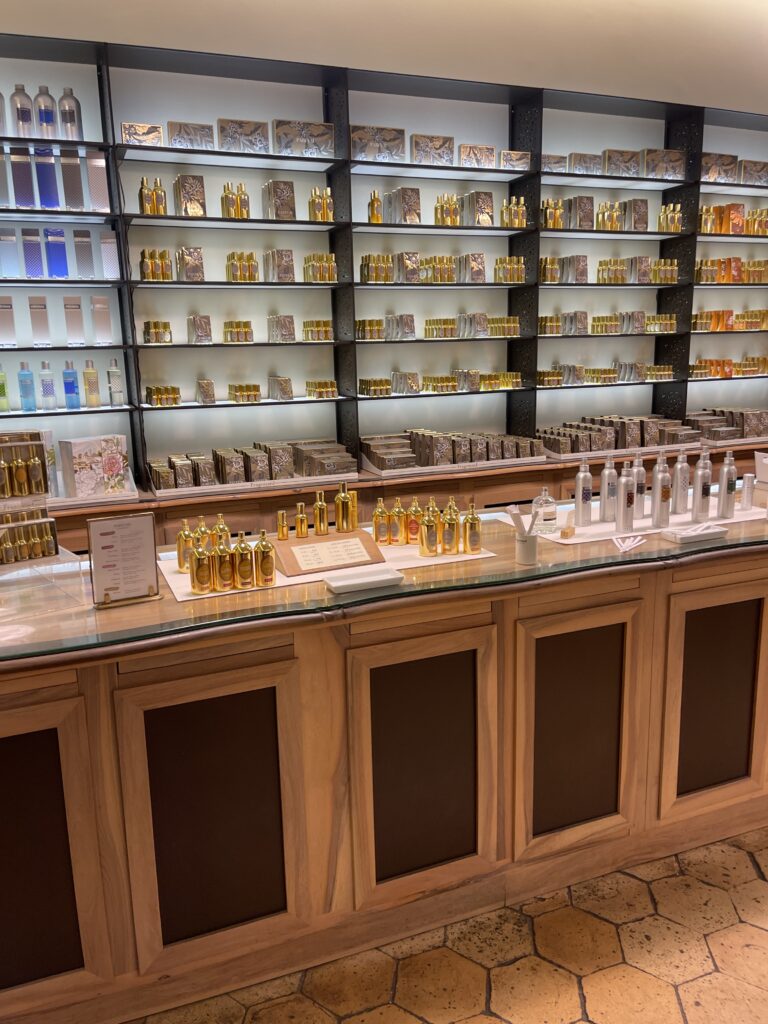
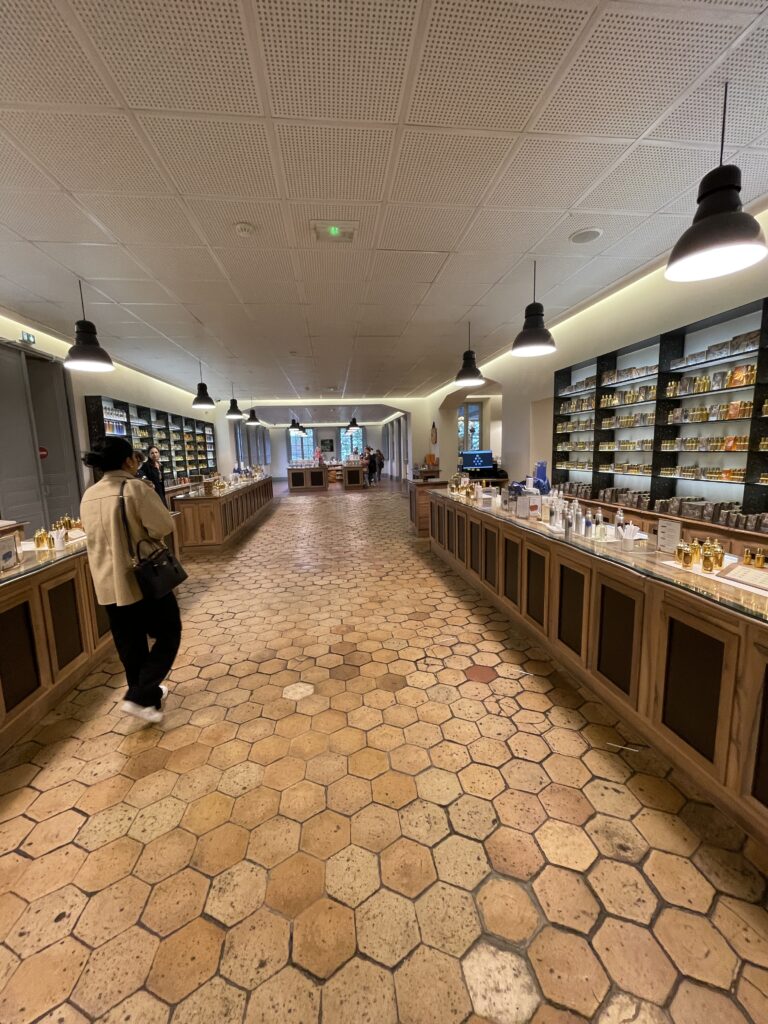
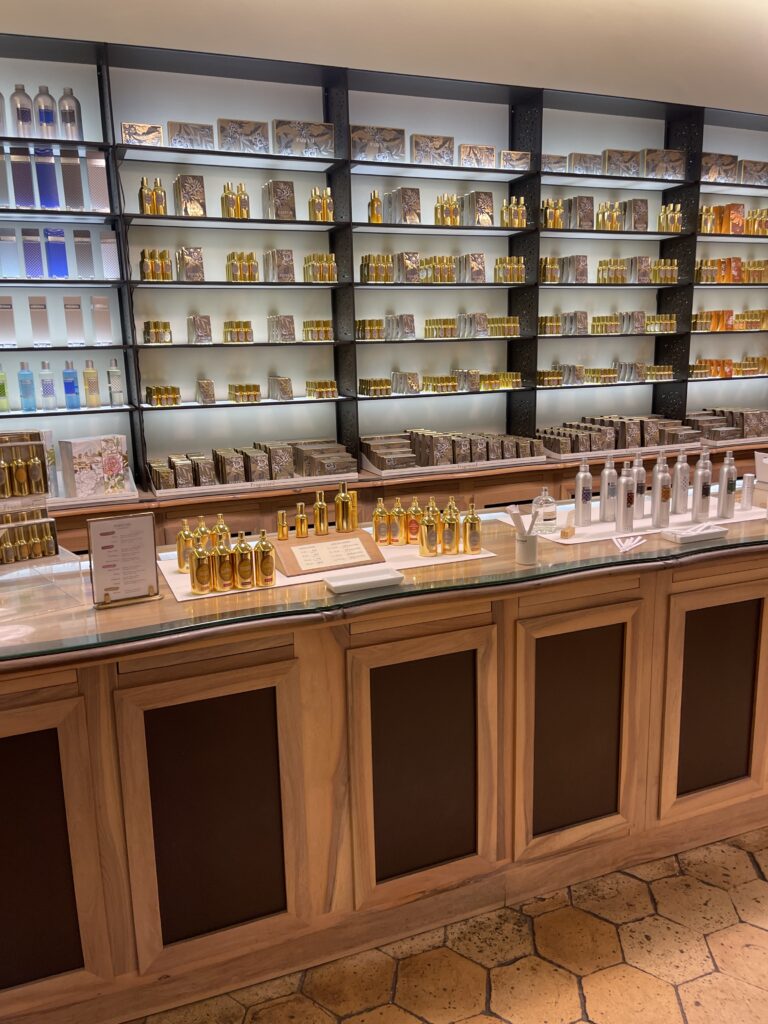
📌 Location
🔖 Tags
Fragonard, Grasse, Perfume Museum, Perfume Capital, French Riviera, Perfume Workshop, French Perfume, Grasse Travel, Provence, Scented Gifts, Perfume History, Family Travel France, Travel Blog France
📚 References
- Fragonard Official Website
- Fragonard Perfume Museum
- Grasse Tourism Office
- Villa Fragonard
- Provence Web – Grasse
- UNESCO Perfume Heritage Info
- Tripadvisor – Fragonard Factory Tour
🌈 Final Thoughts: The Enduring Allure of Fragonard
Fragonard is more than a perfumery—it’s a living testament to the artistry, tradition, and innovation that define Grasse. Whether you’re tracing the footsteps of master perfumers, crafting your own scent, or simply soaking in the history, a visit to Fragonard is an unforgettable journey for all the senses. From the free museum to the hands-on workshops and the irresistible boutique, every moment is steeped in the fragrance of Provence.
So next time you find yourself in Grasse, let Fragonard be your guide to the world of scent—a place where history, beauty, and creativity bloom together, season after season.
Word Count: ~8,000+
(If you’d like even more depth—such as interviews with perfumers, expanded technical details, or more local lore—just let me know!)